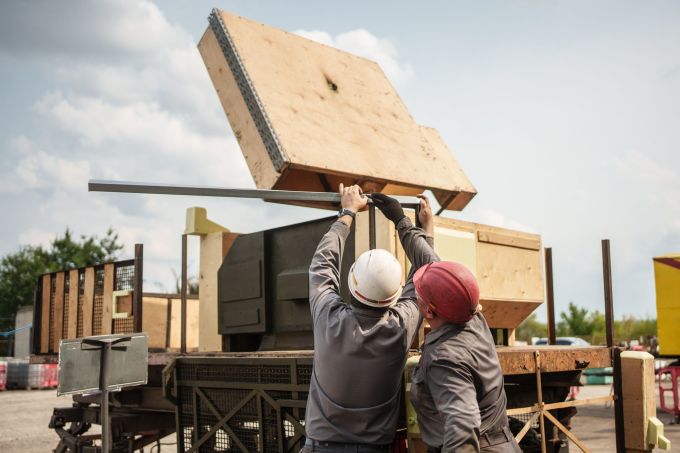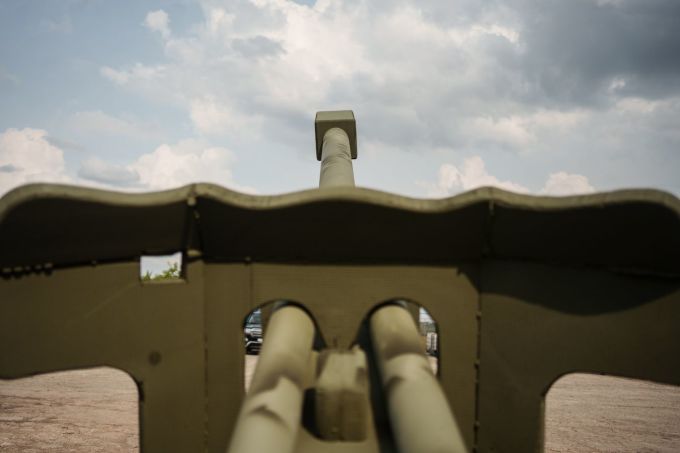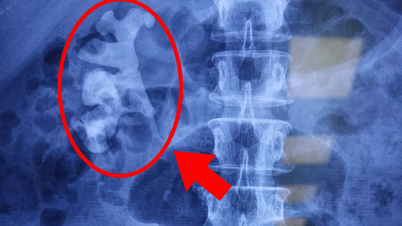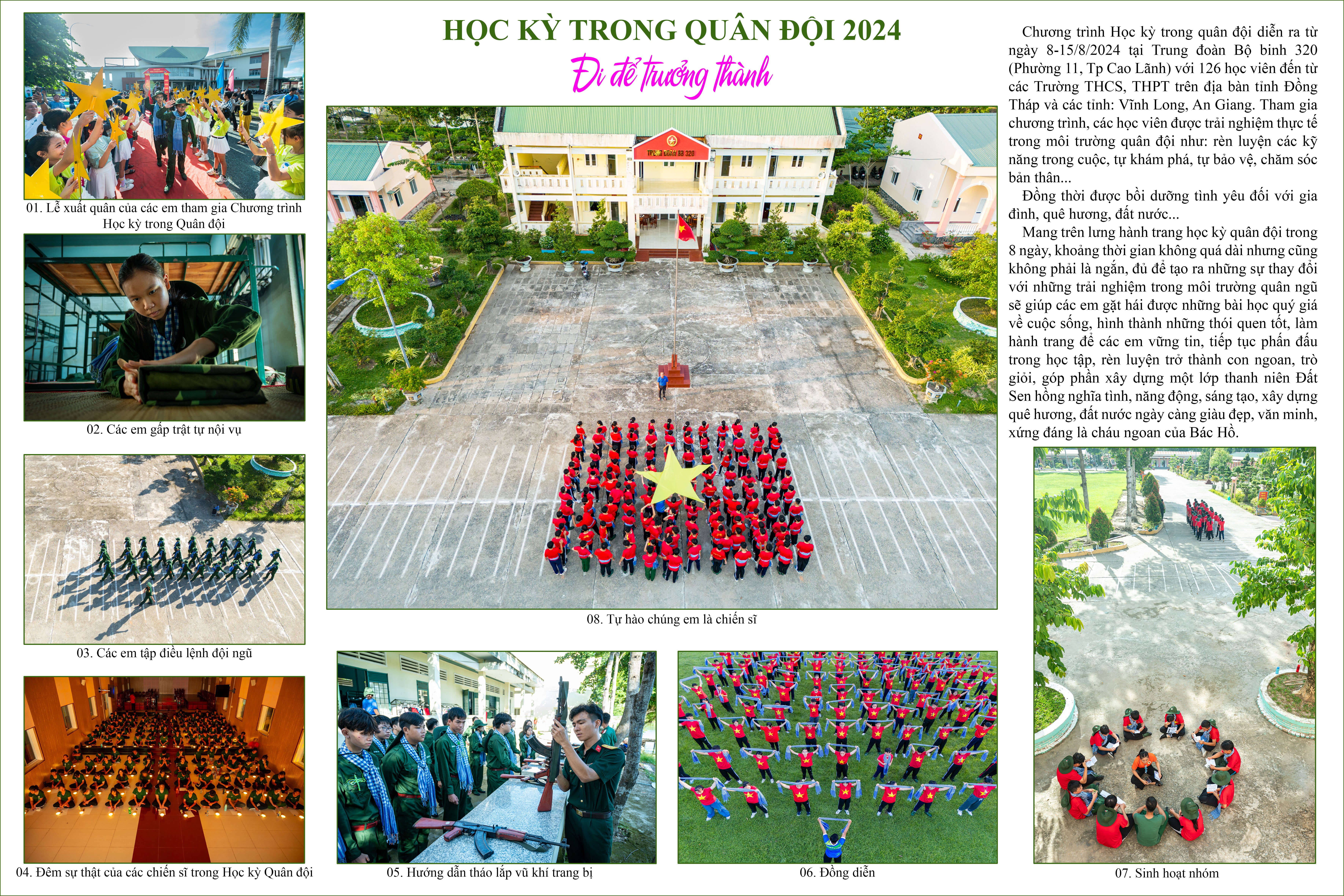Russian artillery and UAVs have destroyed more than half of the equipment that Metinvest produced for the Ukrainian army, but Kiev wants them to destroy more.
At a Metinvest factory in central Ukraine, workers are busy making parts for howitzers, radar stations and mortars. But all are fakes, made from foam, pipes and scrap metal, and serve as decoys to draw Russian fire.
“When we place these decoy weapons in certain areas along the front line, they attract the enemy's attention,” said a Metinvest worker.
A Ukrainian platoon commander said his unit used decoy weapons to lure Russian artillery into firing. Based on the muzzle blast and the direction of the fire, they quickly determined the location of the Russian artillery, from which they launched an accurate counter-battery.
Feints are an important tactic in warfare, but the war in Ukraine has presented new challenges. Advances in thermal imaging technology can help combatants detect targets that are “invisible” to the naked eye or that are fake. Cheap drones allow forces to monitor opponents in real time, making it difficult to place decoy weapons.
“Diversion is much more important now than in previous conflicts,” said Vojtech Fresser, CEO of Inflatech, a Czech company that makes inflatable decoys.

Metinvest workers assemble a fake radar system in central Ukraine. Photo: WSJ
Mr Fresser did not say whether Inflatech’s decoys were deployed on the battlefield in Ukraine. However, he said some of the company’s equipment was being used in Western allied exercises.
Decoys can help mislead opponents about attack plans or create the impression that an area is better protected than it actually is to prevent the risk of attack, observers say.
It is unclear to what extent decoy weapons are deployed by the Ukrainian military, which keeps the information secret for security reasons. However, such decoys likely make up a significant portion of the weapons that Russia has claimed to have destroyed on the battlefield, which already exceeds the number of weapons in Ukrainian service.
The Russian military also deploys inflatable weapons and decoys on the battlefield, but it is unclear how effective they are.
After Russia launched its war in late February 2022, the Ukrainian military approached Metinvest, the country’s largest steelmaker, to discuss making decoys, according to CEO Oleksandr Myronenko. It was one of a series of initiatives the company undertook to support the military, including making body armor and buying drones.
At the factory, workers download images of weapons they want to fake from the Internet, print them out, and analyze how to replicate them from lightweight materials. Creating these replicas allows the military to easily transport and quickly assemble them on the battlefield.
As a result, they were able to create howitzer models that looked exactly like the real guns deployed on the front lines, but at a much lower cost and weight.
It takes Metinvest workers four days to make a Ukrainian D-20 howitzer and two weeks to complete an American M777 howitzer. The most laborious replicas are the 35D6 radar system, which takes a month to complete due to its complex construction and many components. A mortar can be made from water pipes attached to an old satellite dish.
Meanwhile, Inflatech can make inflatable models of Leopard tanks, Patriot air defense systems, and HIMARS rocket launchers that fold up like backpacks and take just 10 minutes to inflate. "You can fit four tanks in a civilian car," Fresser said.
However, the model alone is not enough. To fool the enemy, the Ukrainian army must deploy decoys in the most realistic combat conditions, such as covering them with camouflage nets and digging protective fortifications around them, because the enemy "is not stupid," said Metinvest's manager.

Western howitzer model produced by Metinvest. Photo: WSJ
Metinvest even inserted smoke bombs into the barrel of the decoy gun, to mimic the heat signature emitted by the real gun when fired. This heat signature would be clearly displayed on the sensor of the UAV equipped with a thermal imaging camera, fooling the enemy.
Of the 250 decoy weapons that Metinvest has supplied to the military, about half have been attacked by Russian artillery or suicide drones, according to the head of the factory.
A video on his phone shows the Russian suicide UAV flying straight towards the Ukrainian decoy gun and crashing into the ground.
Metinvest's workshop displays the remains of two Lancet UAVs and a Shahed UAV that Russia used to attack a fake Ukrainian radar station. "We are working on the production of more tanks and other types of combat vehicles," Myronenko said.
Thanh Tam (According to WSJ )
Source link


![[Photo] Journalists moved to tears at the Memorial Service for the soldiers who died in Gac Ma](https://vphoto.vietnam.vn/thumb/1200x675/vietnam/resource/IMAGE/2025/5/30/9454613a55c54c16bf8c0efa51883456)

![[Photo] National Conference "100 years of Vietnamese Revolutionary Press accompanying the glorious cause of the Party and the nation"](https://vphoto.vietnam.vn/thumb/1200x675/vietnam/resource/IMAGE/2025/5/30/1cf6cd5c8a934ebfa347028dcb08358c)

![[Photo] A delegation of 100 journalists from the Vietnam Journalists Association visits the soldiers and people of Truong Sa island district.](https://vphoto.vietnam.vn/thumb/1200x675/vietnam/resource/IMAGE/2025/5/30/0984a986227d4e988177f560d2e1563e)
![[Photo] General Secretary To Lam receives Chief of the Central Office of the Lao People's Revolutionary Party](https://vphoto.vietnam.vn/thumb/1200x675/vietnam/resource/IMAGE/2025/5/30/140435f4b39d4599a3d17975dfb444c5)

















































































Comment (0)